The 1960s were a transformative decade, with youth culture beginning to rebel against the constraints of the past. But before the revolution of the late ’60s took hold, teenagers were bound by some truly absurd rules that reflected the conservative values of the time. These rules, shaped by cultural norms, fear of change, and a strict moral code, seem downright laughable—or even oppressive—when viewed through today’s lens.
1. No Jeans in School
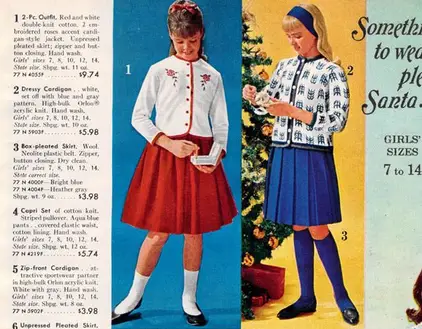
Jeans were seen as workwear, not appropriate attire for the classroom. Schools insisted on slacks for boys and skirts or dresses for girls. If you dared to wear denim, you’d risk a lecture about respecting the institution of education. Today, jeans are practically a school uniform in their own right, but back then, they screamed rebellion.
2. Girls Couldn’t Wear Pants at All
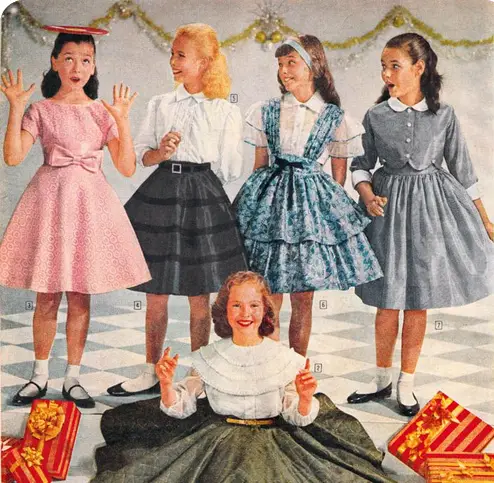
In many schools, girls were prohibited from wearing pants—period. Dresses and skirts were required, no matter the weather. Picture freezing knees during a winter walk to school! The rule reinforced rigid gender roles, which began to loosen toward the decade’s end but not without a fight.
3. No Phone Calls After 9 PM

Teenagers weren’t allowed to monopolize the family’s single landline, and any calls after 9 PM were seen as inconsiderate or improper. Parents would often monitor calls, too, ensuring conversations stayed brief and wholesome. In today’s world of unlimited texting and private smartphones, this feels archaic.
4. Boys Had to Keep Their Hair Short
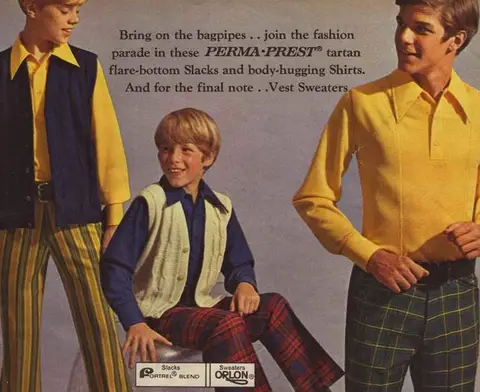
Long hair on boys was considered disrespectful, unkempt, and even subversive. School dress codes often enforced this, and parents would drag rebellious sons to the barber for a “respectable” cut. As Beatlemania swept in, this rule became a battleground between teens and authority.
5. Curfew Enforced by the Town
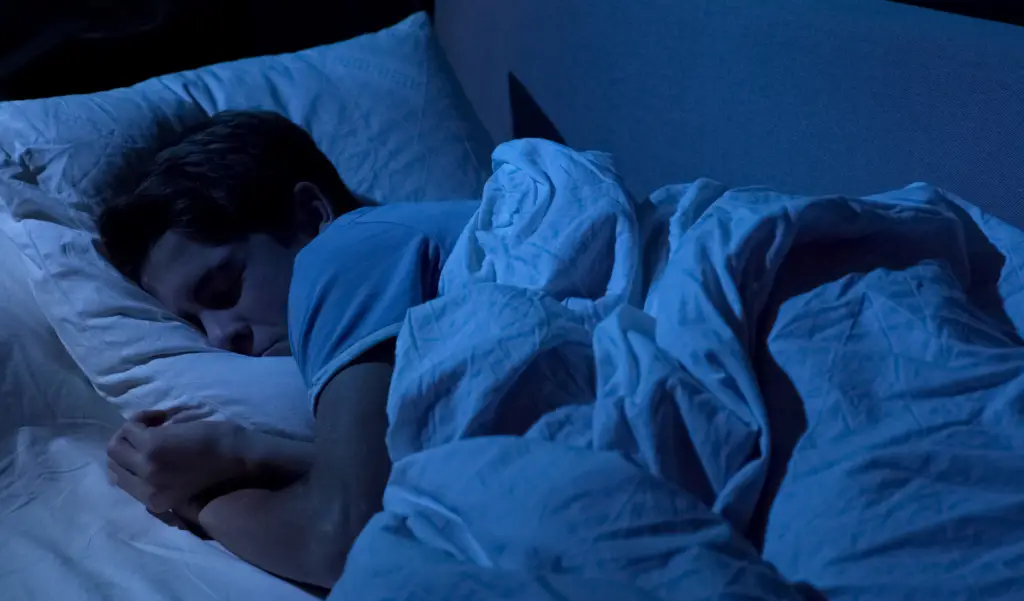
Teenagers in the ’60s often faced city-imposed curfews, with police patrolling to ensure no one was out past the set time. These curfews were meant to curb delinquency, but they left many kids feeling trapped and policed for no reason. Today, such restrictions are rare, with parents generally setting their own rules.
6. No Dancing That Was “Too Close”
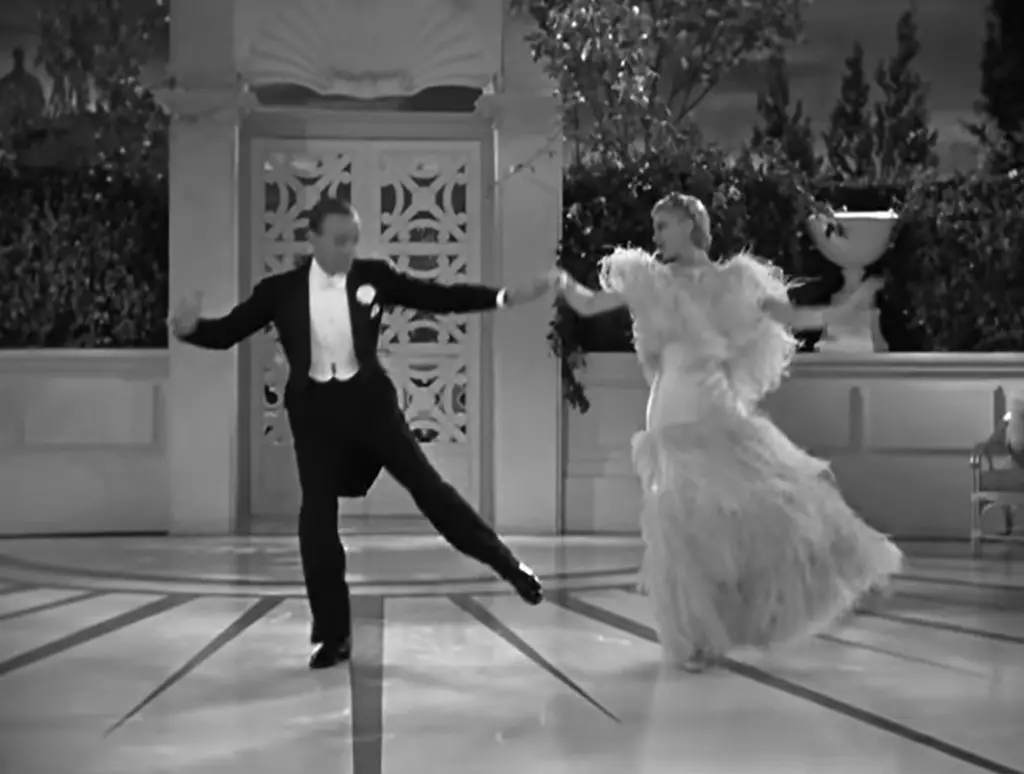
School dances had strict rules about how close couples could get. Chaperones patrolled the gym, ensuring kids kept a respectable distance—no “bumping and grinding” allowed. If they saw anything too suggestive, the slow song was over, and so was your fun.
7. Separate Classes for Boys and Girls
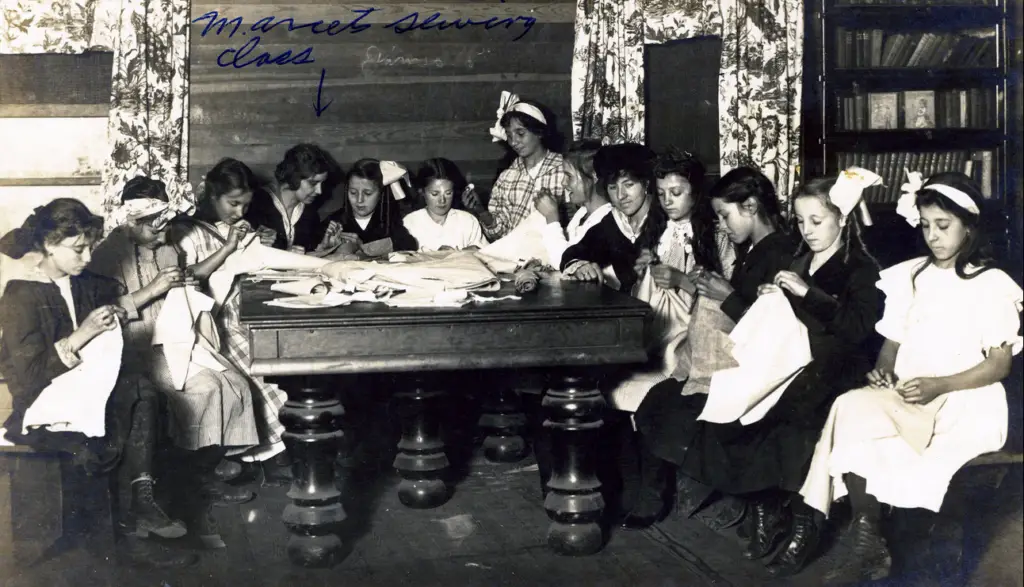
In many schools, boys and girls had different physical education classes, and girls were taught “home economics” while boys took shop. The assumption was that women would run the home while men would fix things—a division of labor that feels ridiculously outdated now.
8. Absolutely No Public Displays of Affection
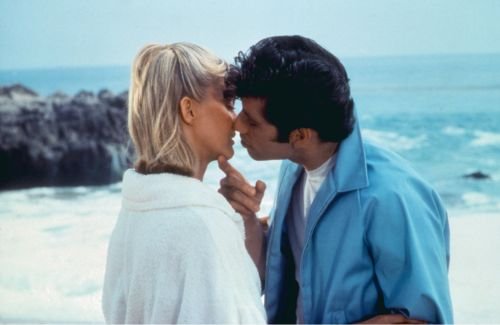
Holding hands or sneaking a kiss in public? Not on the school grounds or in most neighborhoods! PDA was frowned upon, with teachers, neighbors, and even random adults ready to scold you for being “improper.” Today, while schools may still frown on PDA, society has largely relaxed about it.
9. No Skirts Above the Knee
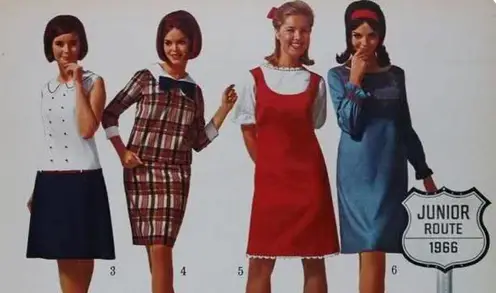
Hemlines were a battleground of modesty in the ’60s. Skirts above the knee were considered scandalous, and many schools enforced length checks with rulers. The rise of the mini-skirt in the later part of the decade sparked outrage but also signaled a new era of fashion freedom.
10. Strict Dating Rules
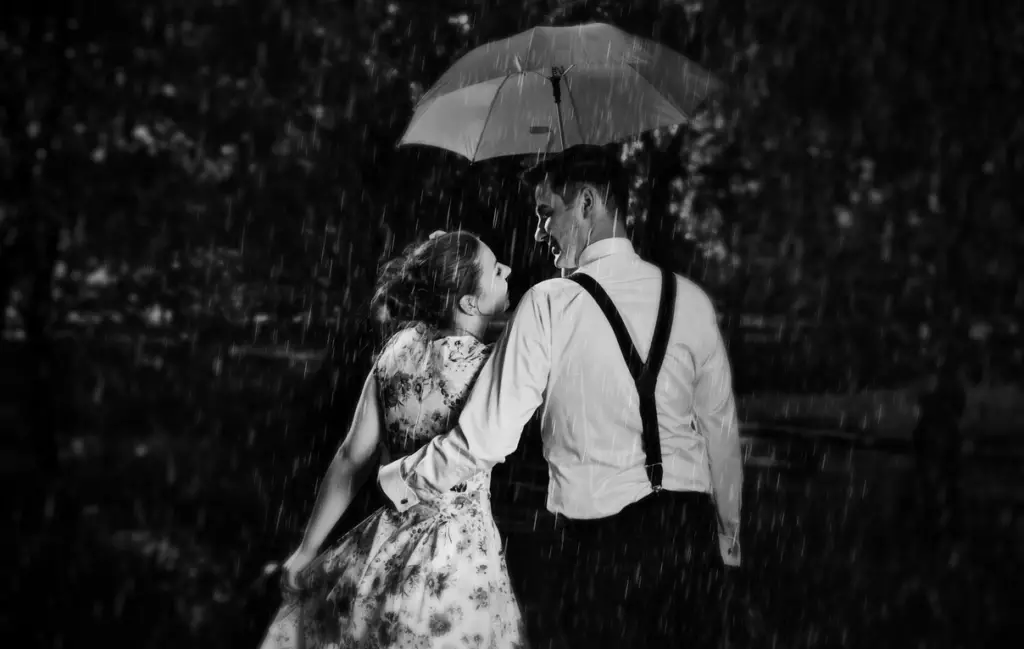
Dating often required parental permission, and girls were expected to be home at a certain time, while boys were tasked with being “perfect gentlemen.” Any deviation could result in serious consequences—and possibly a stern talk about your reputation.
11. Politeness Was Non-Negotiable

Teens were expected to address adults as “sir” or “ma’am,” say “please” and “thank you,” and never talk back. While politeness is still valued, the strict enforcement of these manners would feel stifling to today’s teenagers, who are encouraged to voice their opinions.
12. No Makeup Until You Were “Old Enough”
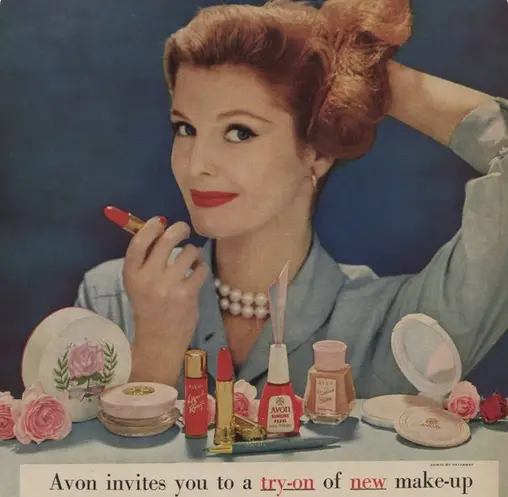
Makeup was a rite of passage for girls, but it was often prohibited until parents deemed them “ready.” A little lipstick might be okay for special occasions, but eyeliner or mascara? That was for grown-ups. The strictness stemmed from the fear that makeup would make girls “too grown-up” too soon.
13. Sunday Was for Church and Nothing Else

The Sabbath was sacred, and teenagers were expected to spend their Sundays at church with their families. Social plans, shopping, or even sports were discouraged. In contrast, Sunday is now a catch-up day for activities and relaxation, reflecting a more secular culture.
14. No Talking Back to Teachers

Questioning authority was practically unheard of in the ’60s. Teachers were always right, and even voicing a differing opinion could land you in hot water. Today’s classrooms encourage debate and critical thinking, making this rule feel like a relic of the past.
15. No Hanging Out Without a Reason
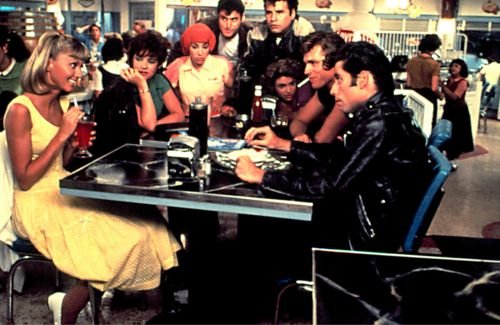
Teens couldn’t just “hang out” without adults asking, “What are you up to?” Loitering was viewed with suspicion, and kids were expected to have a clear purpose, whether it was a school activity or running errands. Now, unstructured social time is seen as a normal part of growing up.
The rules boomers followed as teens may seem absurd now, but they reflect a society grappling with tradition and change. These rules were a mix of protecting kids, maintaining social norms, and—let’s be honest—controlling them. What stands out most, though, is how these constraints paved the way for the rebellious, transformative spirit that defined the late ’60s and shaped the world as we know it today. Which of these rules do you remember, and which ones did you break?


